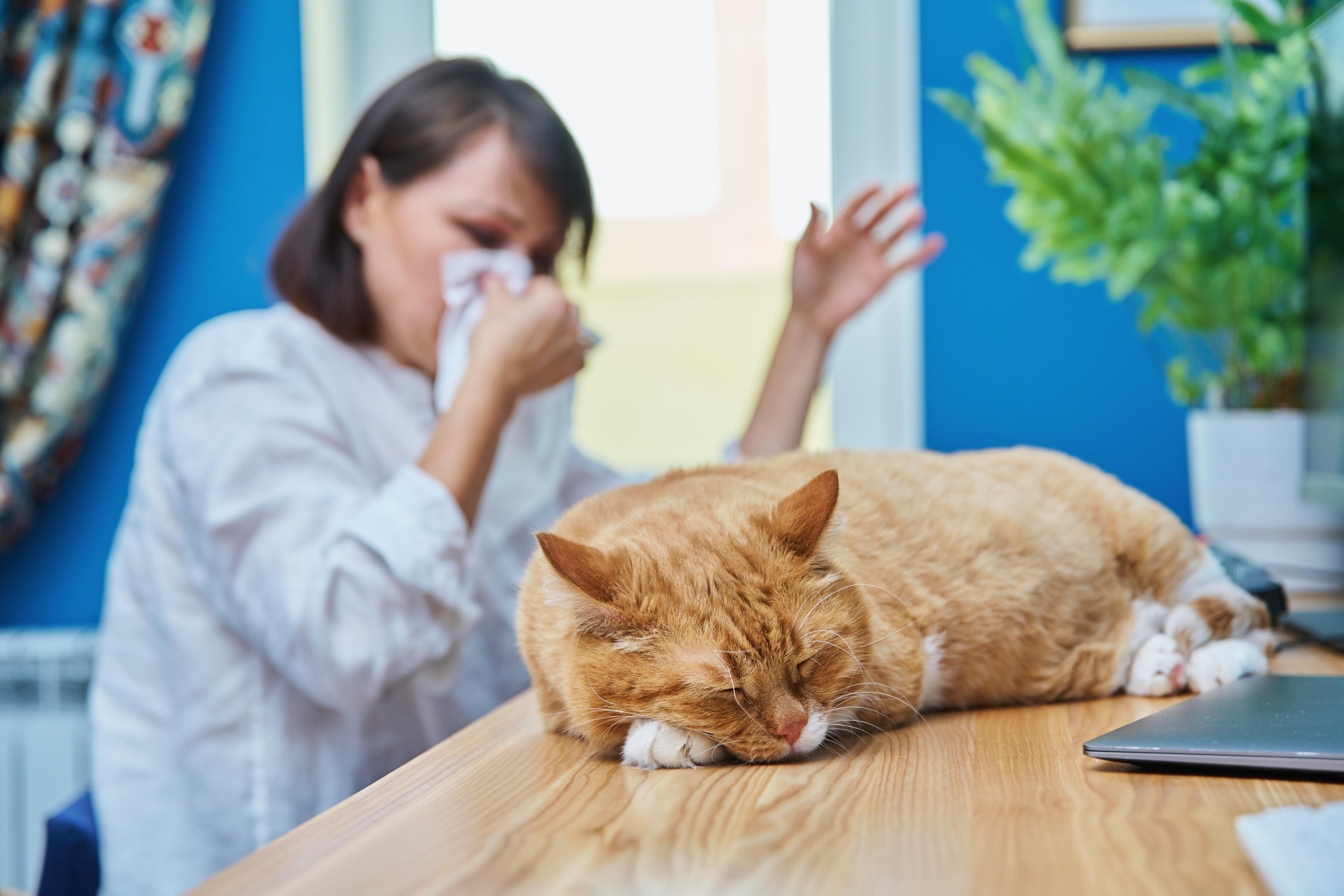How Pet Dander Affects Your Breathing
3. Impact on Indoor Air Quality
Pet dander does not only affect those with allergies; it also contributes to the overall quality of indoor air. These particles can act as carriers for other pollutants, such as pollen, dust mites, and mold spores, compounding their impact on air quality. The presence of pet dander can lead to increased levels of particulate matter in the air, which can have broader health implications for all inhabitants. By understanding the role of pet dander in indoor air pollution, homeowners can take proactive steps to improve air quality through regular cleaning and the use of air purifiers.
4. The Microbiome of Indoor Spaces

Interestingly, pet dander contributes to the unique microbiome of indoor environments. Homes with pets often have a more diverse microbial community, which can influence human health in various ways. Some studies suggest that exposure to a wider range of microorganisms can help build a more robust immune system, potentially reducing the risk of allergies and autoimmune diseases. This microbial diversity, facilitated by pet dander, underscores the complex interplay between our living environments and health, suggesting that not all effects of pet dander are negative.
